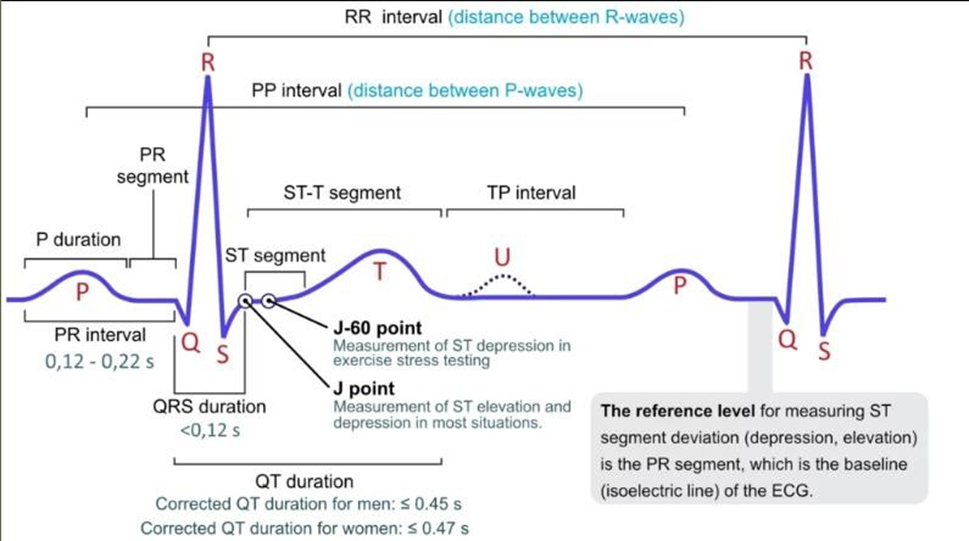A nurse is planning care for a client who has malnutrition due to cancer. Which of the following interventions should the nurse include in the plan of care? (Select all that apply.)
Encourage mouth care before and after meals.
Monitor the client for changes in mental status.
Assess the client's laboratory work for increased calcium levels.
Advise the client to keep a food diary.
Instruct the client to drink extra fluids between meals.
Correct Answer : A,B,D,E
A. Encouraging mouth care before and after meals helps maintain oral hygiene, which is essential for appetite stimulation and preventing oral infections.
B. Monitoring the client for changes in mental status is important as malnutrition can lead to cognitive impairment and changes in mental status.
C. Assessing the client's laboratory work for increased calcium levels may not be directly related to malnutrition due to cancer. Elevated calcium levels are more commonly associated with conditions like hyperparathyroidism or certain cancers, but it's not typically a direct consequence of malnutrition.
D. Advising the client to keep a food diary helps track food intake, identify any patterns related to malnutrition, and guide dietary interventions.
E. Instructing the client to drink extra fluids between meals helps prevent dehydration, especially if the client's intake is compromised due to malnutrition or cancer-related treatments.
Nursing Test Bank
Naxlex Comprehensive Predictor Exams
Related Questions
Correct Answer is "{\"xRanges\":[104.2578125,134.2578125],\"yRanges\":[114.30078125,144.30078125]}"
Explanation

Correct Answer is D
Explanation
A. "After the surgery, I will have to be careful with heavy lifting for a few weeks": This statement demonstrates understanding of postoperative precautions, as heavy lifting can strain the surgical site and delay healing.
B. "I know that after the surgery, I will only have one testicle left": This statement indicates awareness of the surgical procedure and its potential outcomes, which is accurate.
C. "I will have to take antibiotics as prescribed by my doctor to prevent infection": This statement reflects understanding of the importance of antibiotic therapy to prevent postoperative infection, which is correct.
D. "I will need to avoid showering for a month after the surgery": This statement is incorrect.
Avoiding showering for a month after surgery is unnecessary and could lead to poor hygiene and potential complications such as infection. The client should be educated that showering is typically allowed after surgery, but they should avoid soaking the incision site in water until it has healed properly.
Whether you are a student looking to ace your exams or a practicing nurse seeking to enhance your expertise , our nursing education contents will empower you with the confidence and competence to make a difference in the lives of patients and become a respected leader in the healthcare field.
Visit Naxlex, invest in your future and unlock endless possibilities with our unparalleled nursing education contents today
Report Wrong Answer on the Current Question
Do you disagree with the answer? If yes, what is your expected answer? Explain.
Kindly be descriptive with the issue you are facing.
